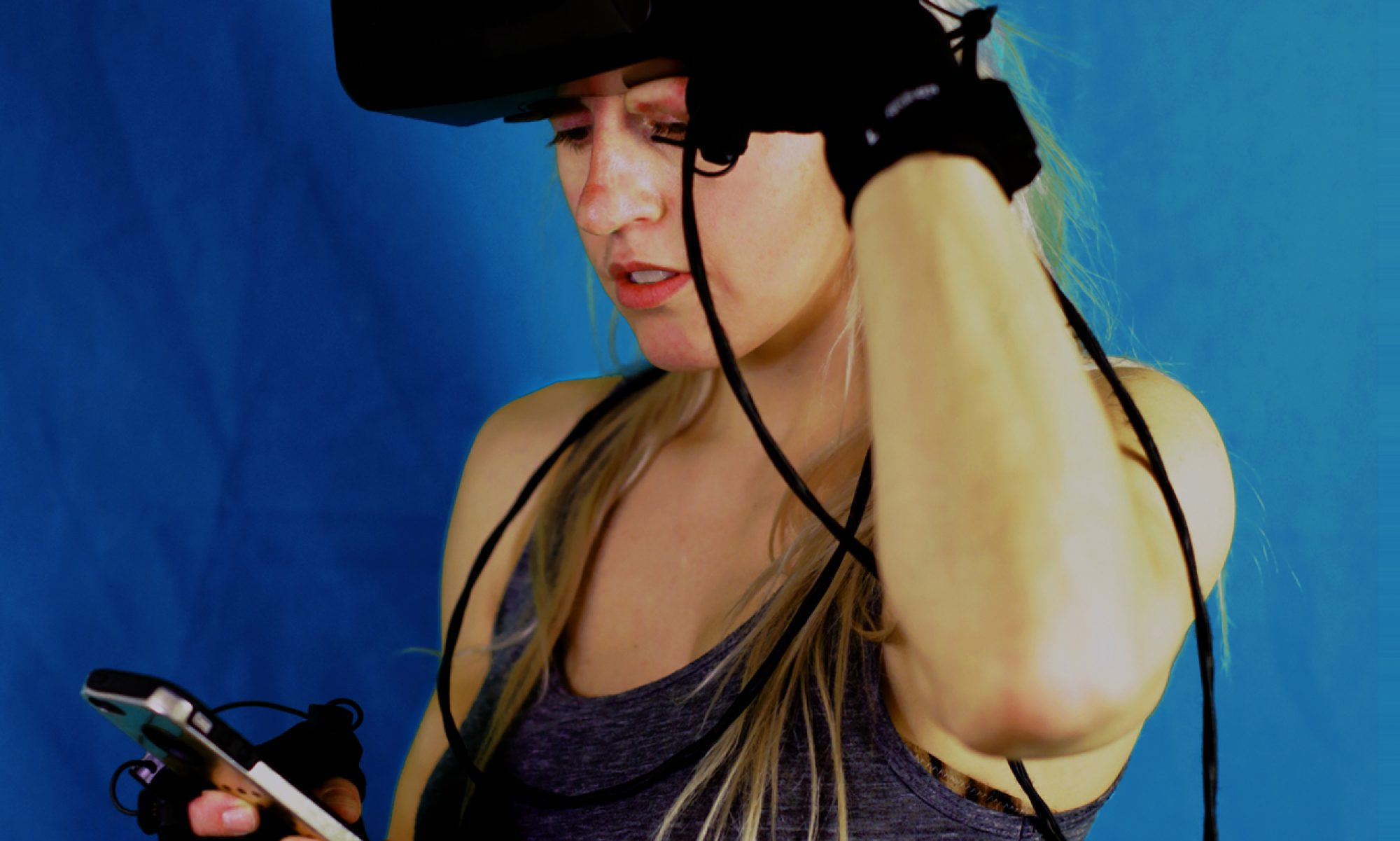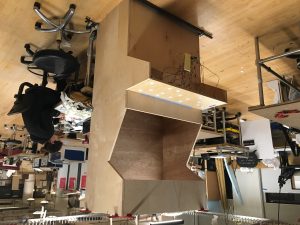Ian Gibson, Nicole He, Paula Ceballos Delgado, Philip J Donaldson
An aqua-cosmic dance adventure where players must collaborate to show off their intergalactic dance moves
http://www.itp.paulaceballos.com/category/dffacd/
Description
Big Bang Bubble Boogie is an arcade game where players must collaborate to dance their way through increasingly challenging levels to intergalactic stardom. Think of it as dance dance revolution meets whack a mole. As players walk up to our game they are greeted with a large array of colored buttons. During the game the player or players must work together to match button combinations on the controller with on-screen queues at an ever growing tempo, and using increasingly complex button combos. Players are rewarded based on how quickly they can find the right buttons and penalized for any incorrect presses, so watch out button mashers! Come join us and dance the night away doing the Big Bang Bubble Boogie.
Classes
Digital Fabrication for Arcade Cabinet Design


